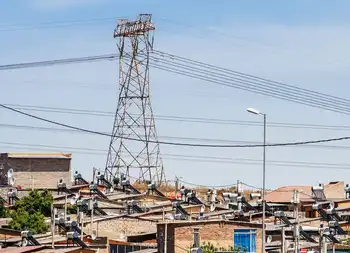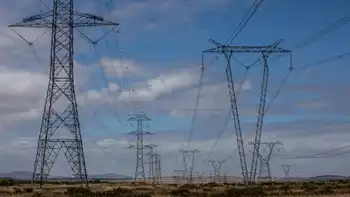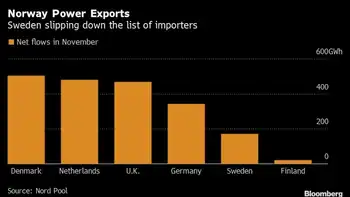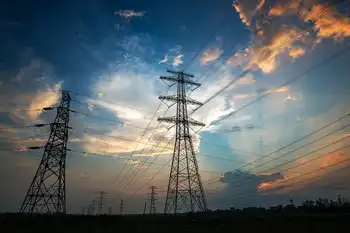Mattoon backs out of FutureGen
By Associated Press
NFPA 70e Training - Arc Flash
Our customized live online or in‑person group training can be delivered to your staff at your location.

- Live Online
- 6 hours Instructor-led
- Group Training Available
Officials in Mattoon told U.S. Sen. Dick Durbin in a letter that changes made to the $1.2 billion FutureGen project were a deal breaker. Durbin and the Department of Energy surprised the town with changes that included retrofitting an existing power plant in western Illinois, instead of building a new experimental plant in Mattoon, and piping the plant's carbon dioxide to Mattoon for underground storage.
Durbin, a longtime backer of the project, said FutureGen's financiers in the Energy Department would quickly search for a new storage site.
In the letter, local economic developer Angela Griffin wrote that most local officials and business leaders she consulted felt that Mattoon had signed on to become the heart of a project that could revolutionize energy production, and were disappointed with its new, more limited role as primarily a carbon dioxide storehouse.
"If FutureGen 2.0 moves ahead with the revised structure... it must be without Coles County," wrote Griffin, who leads the local Coles Together economic development group.
Durbin said in a statement that he was disappointed but would ask the Energy Department to solicit proposals from other interested towns. Durbin spokesman Joe Shoemaker said nine or 10 towns have contacted Durbin's office to express interest, though he declined to name them, and the department still plans to provide $1.1 billion in stimulus funds to the chosen site.
The new site would have to be picked by early September in order to be reviewed by the Congressional Office of Management and Budget before the Sept. 30 deadline for any project counting on stimulus money. Shoemaker said he was confident of quick reviews.
Assistant Energy Secretary James J. Markowsky said the geology of the local Mount Simon formation means much of central and east-central Illinois is suitable for storing carbon dioxide.
"Mattoon was to be the host for this site, but many communities downstate have access to the same geology," he said.
A spokesman for the FutureGen Alliance, the coal companies and other private sector partners that have worked with the Energy Department on the project declined comment.
Until just recently, the FutureGen project called for a power plant to be built in Mattoon with carbon dioxide from its coal stored underground. The goal was to prove that coal could be burned to make electricity while the carbon dioxide that makes coal a pollution problem could be captured and safely stored.
That version of the project promised 1,300 construction jobs and 150 high-skilled positions.
The new plan would retrofit a plant in Meredosia in west-central Illinois and try a different kind of technology. Mattoon would have stored carbon dioxide piped from that plant and become home to a training center for people to learn how to do retrofitting work. The carbon storage facility would have brought 75 jobs, though no job estimates were provided for the center.
Mattoon was chosen in December 2007, over nearby Tuscola and two sites in Texas.
Since then, the eastern Illinois town of 18,000 watched as President George W. Bush's administration pulled support over cost concerns that a federal auditor later said were based on faulty data, and then saw the project revived when President Barack Obama, who's from Illinois, took office.
Tuscola, about 25 miles north of Mattoon, might be interested but needs more information about the revised project, local economic developer Brian Moody said.
"We're obviously very skeptical just as to whether or not the commitment is there to get this project to happen," he said.
Rep. Tim Johnson, a Republican from Urbana whose district includes Mattoon, doubts FutureGen will be built. He said he would help Tuscola or other towns pursue the project but advised them to think hard before committing.
"They've got to be very careful with anything that comes from the mouths of people at the Department of Energy," he said.











